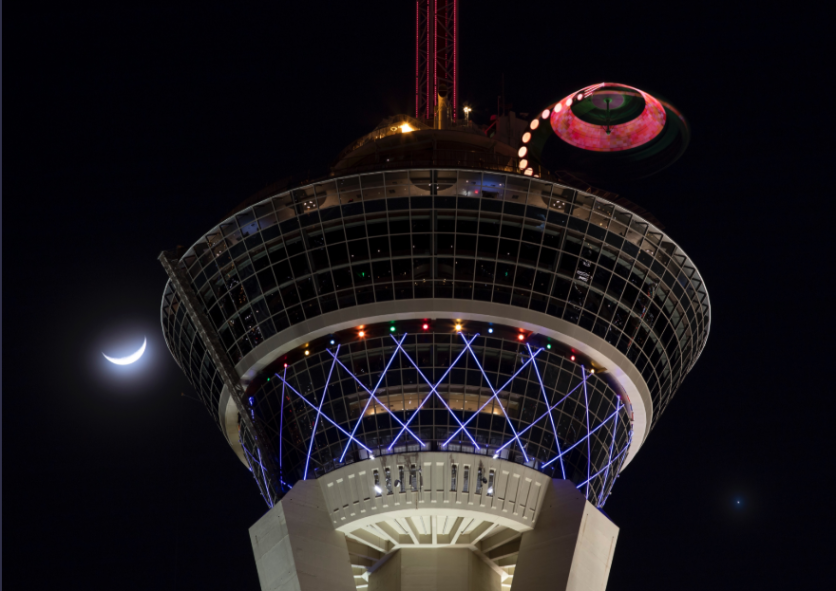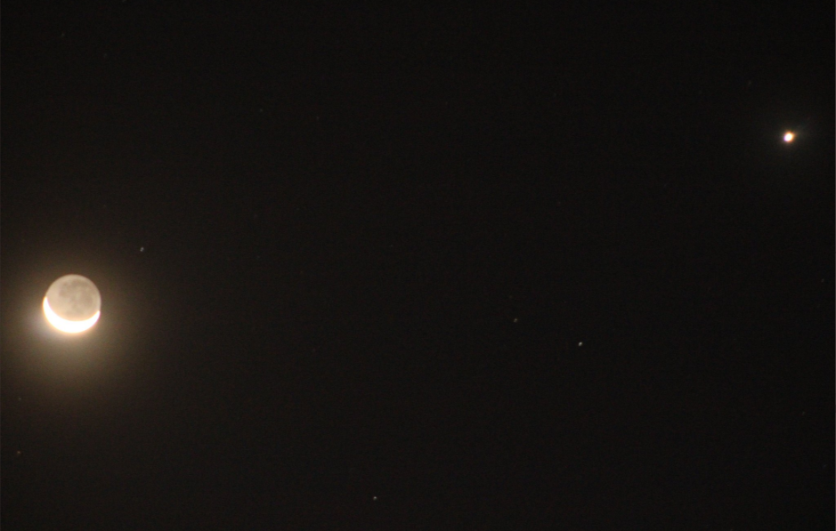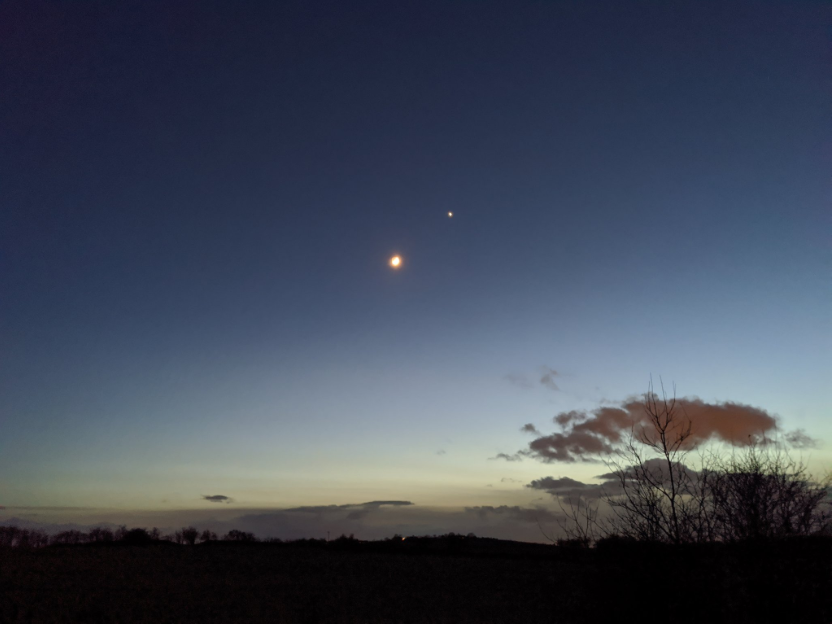An almost once in a lifetime occurrence happened to the people over the globe when they looked up at the sky at night when the Moon and Venus almost kissed.
More News : KABOOM! Record-Breaking Explosion in the Universe with the Size of 15 Milky Ways Combined Spotted!
Why is it Important?
Venus appeared to just hover over the moon and the sight was something to behold. Now it might not be that of a lifechanging event but to know that you are part of something bigger than yourself is always a good reminder that there are larger machinations at work.
In reality, even when they look close, it is all just an illusion because the Moon is about 250,000 miles away and as for Venus, well...it is 84 million miles away from us.
What Does it Look Like?
Here is a compilation of images that show the event yesterday that you might have missed out on because of your busy schedule, understandably. It is a good thing that the internet is a prime source of information and a lot of stargazers have shared their pictures with the world.






When you did have the chance of taking a glimpse of the event, the distance of Venus and our Moon is roughly about the size of your clenched first that is held at arm's' length. Still though, close enough for celestials to almost touch, wouldn't you agree?
When can we Witness Another Event Similar Like This?
Well as for celestial events goes here is what we can look forward to if the Astronomy Calendar of Celestial Events for 2020 is to be believed are as follows:
We will witness a Supermoon on March 9, the moon will be located right on the opposite side of our Earth as the sun. This will make the Moon fully illuminated and will occur around 17:48 UTC so if you want to see it, pin it on your calendar! This makes the moon the closest it can be to the Earth and may look larger and brighter hence the term "Supermoon".
March Equinox will come on March 20 right after, this happens when the sun directly shines on the equator and there will be an almost equal amount of day and night across our busy planet. This also is the first day of Spring in the Northern Hemisphere and the first day of Fall in the Southern Hemisphere.
March 24 will be the time of the New Moon, where this time the Moon will be located on the same side of the Earth as the Sun. This will not be visible, however, in the night sky and will occur at 09:29 UTC. For stargazers or enthusiasts out there, this is going to be the best time to look for faint objects such as star clusters or different galaxies since no moonlight is there to interfere.
More celestial events to look forward to is linked here courtesy of our friends over at Seasky.org:
ⓒ 2025 TECHTIMES.com All rights reserved. Do not reproduce without permission.




